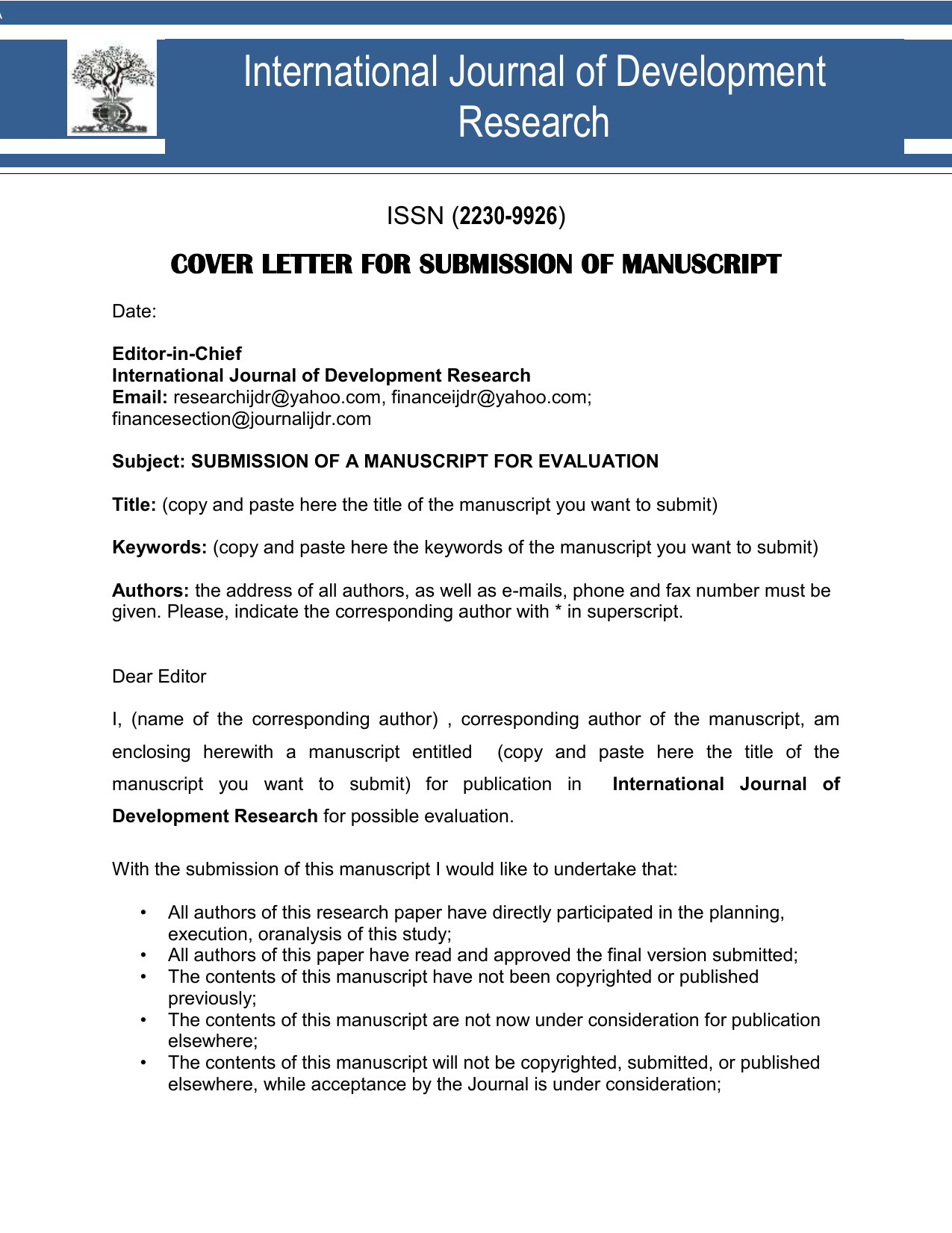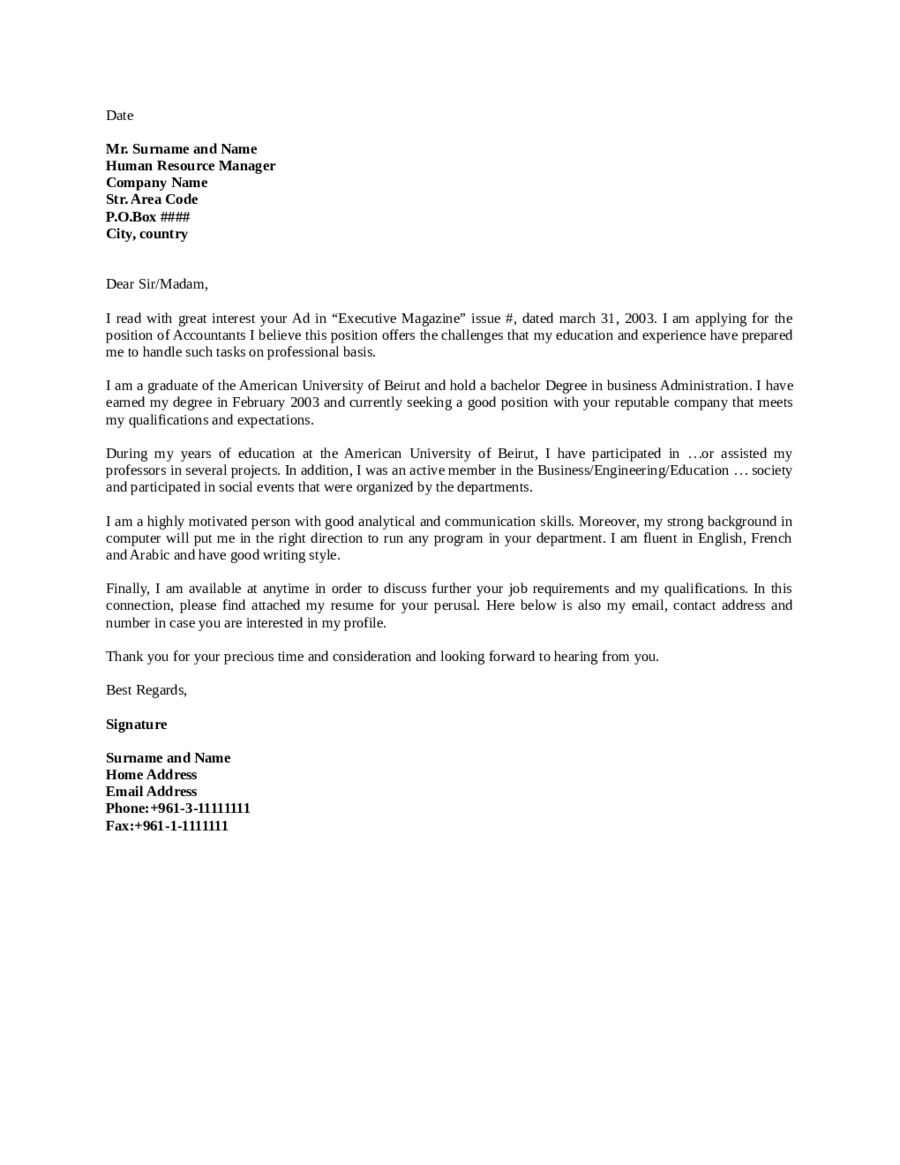

No part of the manuscript has been published before, nor is any part of it under consideration for publication at another journal.The manuscript is original (i.e., you wrote it, not copied it).Even if your work is not a perfect fit for the journal, be sure to address some of the Aims & Scope statement, and explain why your manuscript would be of interest to the journal's readers.įinally, close with a brief paragraph indicating the following: If the journal mentions that it focuses on nanostructured materials, explain how your work involved such materials. If the journal expresses interest in research with a clinical application, be sure to highlight the importance of your work in terms of clinical implications. Do not simply state that your manuscript is “of interest to the field” or “novel.” Address specific aspects of the journal's Aims & Scope statement. Next, write a short paragraph that explains why your manuscript would be a good fit for the journal. You can refer to prior work that you have published if it is directly related. In this first paragraph and the next, describe the rationale behind your study and the major findings from your research.

You can also describe what type of manuscript your submission is (research article, review, case report, etc.).

This information is probably available through the journal's online submission system, but it is proper to provide it in the cover letter, too.īegin your cover letter with a paragraph that states the name of the manuscript and the names of the authors. Include your contact information, as well. A cover letter should be written like a standard business letter:Īddress the editor formally by name, if known.
#COVER LETTER EXAMPLE FOR JOURNAL SUBMISSION DOWNLOAD#
Getting ready to submit your manuscript? Download our comprehensive Free Journal Cover Letter Writing Guide with Template. Let us help you produce the most effective cover letter possible. The letter will argue that your manuscript is a good fit for the journal you are submitting it to and highlight your most important findings. Ultimately, your cover letter is designed to influence the decision of the editor to send your manuscript out for peer review. The letter is far from just a formality and should be written with the same care as your manuscript's text (if not more). The cover letter accompanying your journal submission is your chance to lobby on behalf of your manuscript.


 0 kommentar(er)
0 kommentar(er)
